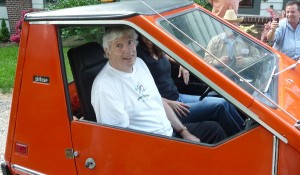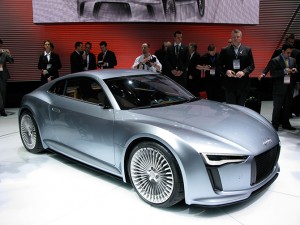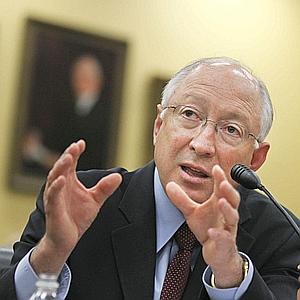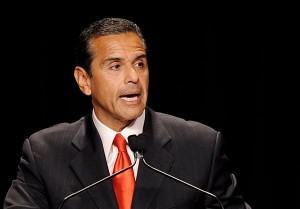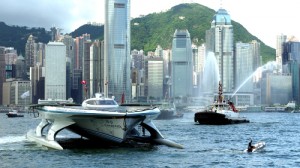 Molecular Solar Ltd, a spinout company from the University of Warwick, has achieved a significant breakthrough in the performance of solar photovoltaic (PV) cells. They have achieved and demonstrated a record voltage for organic photovoltaic cells that means these highly flexible, low cost solar cells can now be devolved for commercial uses in a wide range of consumer electronics. The Company’s most recent advance in the development of its organic photovoltaic (OPV) cell technology is the realisation of cells with open-circuit voltages in excess of 4 volts for the first time. Molecular Solar’s research team believe this is a record for an OPV device. Dr Ross Hatton, Research Director of the company commented:
Molecular Solar Ltd, a spinout company from the University of Warwick, has achieved a significant breakthrough in the performance of solar photovoltaic (PV) cells. They have achieved and demonstrated a record voltage for organic photovoltaic cells that means these highly flexible, low cost solar cells can now be devolved for commercial uses in a wide range of consumer electronics. The Company’s most recent advance in the development of its organic photovoltaic (OPV) cell technology is the realisation of cells with open-circuit voltages in excess of 4 volts for the first time. Molecular Solar’s research team believe this is a record for an OPV device. Dr Ross Hatton, Research Director of the company commented:
“This is an important advance. We are now very close to having highly flexible organic photovoltaic cells that will be capable of delivering electrical energy at a voltage suitable for recharging lithium ion batteries that are widely used in portable consumer electronics. Remarkably, this high voltage is achieved using a cell with only 4 junctions (sub-cells)’’.University of Warwick researcher Professor Tim Jones, who is Chief Technology Officer of Molecular Solar, added:
“The first generation of organic photovoltaics will be exceptionally well matched to consumer electronics applications. The advantage of Molecular Solar’s high voltage cells is that a single cell can be used with no requirement to connect multiple cells in series for these applications, saving manufacturing cost. ’’Andrew Oldfield, Head of Cleantech at Mercia Fund Management said, “We were attracted to Molecular Solar’s unique approach to realizing truly flexible, environmentally sustainable photovoltaics that are well matched to the burgeoning portable consumer electronics market.”


